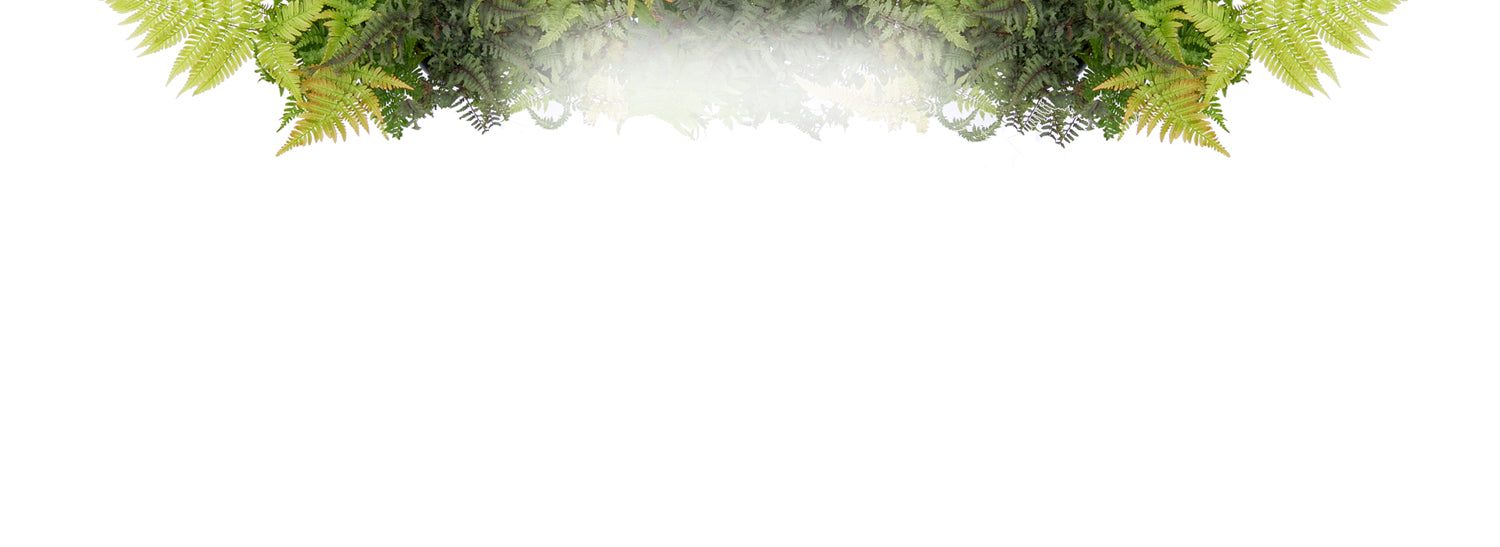Description
Plant spacing is based on the ultimate width of the plants. This figure is normally given as a range; for example, 3-5’. If you live in a cold climate and/or want plants to fill in more quickly, plan to space at the shorter end of the range. If you live in a warm climate, are on a limited budget, or are willing to wait longer for plants to touch, use the higher end of the range. Using the larger number is recommended when calculating distance from a building or structure. There’s really no such thing as "maximum spacing": if you don’t want your plants to touch, you can space them as far apart as you’d like. All plant spacing is calculated on center, or in other words, the centers of the plants are spaced one half of their eventual width apart:

Unless you are planting in a straight line, as you might for hedges or edging, space your plants in a staggered or zig-zag pattern for a more interesting and naturalistic look:

Hand-picked at our greenhouse
Shipped to your door
Arrives as young plant
Milkweed plays a vital role in the Monarch butterfly lifecycle, serving as a host plant for monarch caterpillars. Without milkweed, we wouldn't have Monarchs.
Plant arrived in fine shape for planting. I’ve planted and can’t wait for the monarchs once they bloom!
Great condition. Packaged carefully and well-protected. Planted a week or so ago and they are doing very well!
Great condition. Packaged carefully and well-protected. Planted a week or so ago and they are doing very well!
I purchased 6 of these to grow in pots for Monarch Butterfly caterpillars who were very hungry. Unfortunately, the caterpillars were killed by wasps before the plants came, but they are now growing strong for the next hungry caterpillars that show up.
Healthy plants in good shape and doing well so far.
We will notify you on events like Low stock, Restock, Price drop or general reminders so that you don’t miss the deal



